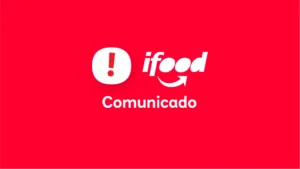There are many questions linked to the challenges of delivery and the future of this Business model. On a article for Forbes, analyst specializing in food and consumption Phil Lempert poses a provocation: does happiness matter more than the speed of delivery?
For him, it is necessary to add an important ingredient to the discussion about the success of delivery: people's relationship with food. After all, eating is a fundamental experience for our existence, not only for the nutritional aspect but also for pleasure.
In Brazil, for example, most people say that order delivery more for pleasure than for convenience, according to a survey carried out by the English consultancy Kantar in 2022.
The writer explains that our connection with what we eat is complex and influenced by the culture around us and our feelings. “The way we eat and relate to food has a significant impact on our overall sense of well-being and our lives,” he writes.
For Phil, food delivery services in the United States do not seem to follow this line of thinking — which could put the future of his business at risk. “To survive, food delivery must be profitable for all parties and affordable for consumers.”
Delivery growth
Another point raised in the delivery analysis concerns the Covid-19 pandemic. Due to lockdown, it forced establishments to operate on the delivery system so they could survive. With the end of isolation, the question is: in which directions is this trend heading?
According to a global survey by Bloomberg, online restaurant orders reached around 40% of their total sales in 2021, totaling just over US$ 22.4 billion. Since 2014, delivery order growth has grown 300% faster than on-premises sales.
Another significant data, raised by the CB Insights, is that the size of the food delivery market will reach US$ 320 billion by 2029.
Improve the customer experience
Still, Phil considers that, despite the evident rise of online shopping, it is necessary to improve the customer experience with delivery. And that doesn't mean delivering faster.
“The mantra of food delivery startups was 'speed': pick the order and deliver it to the customer in about 15 minutes. These experiments failed,” he writes.
He gives the example of a change in direction, that of Instacart, the North American leader in grocery delivery. Instead of speeding up delivery, the platform began offering a suite of services to retailers, such as tools for inventory management, advertising support and sharing consumer insights.
“Supermarket and restaurant delivery companies are to blame for the discontent surrounding food delivery. They forgot that it all comes down to food; and there is nothing more human than food.”


